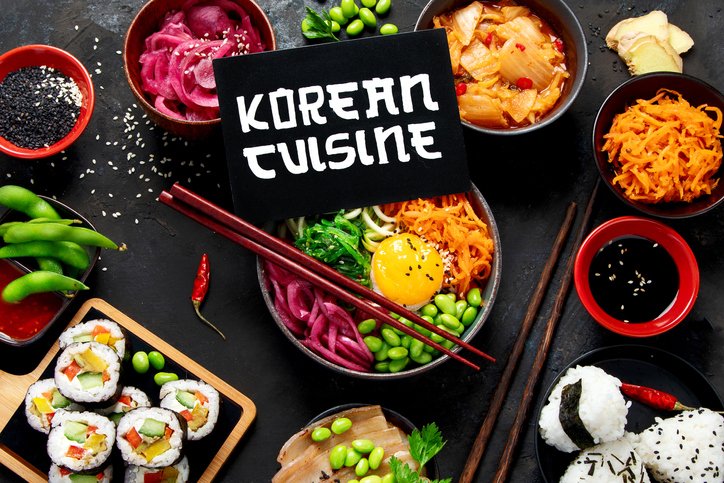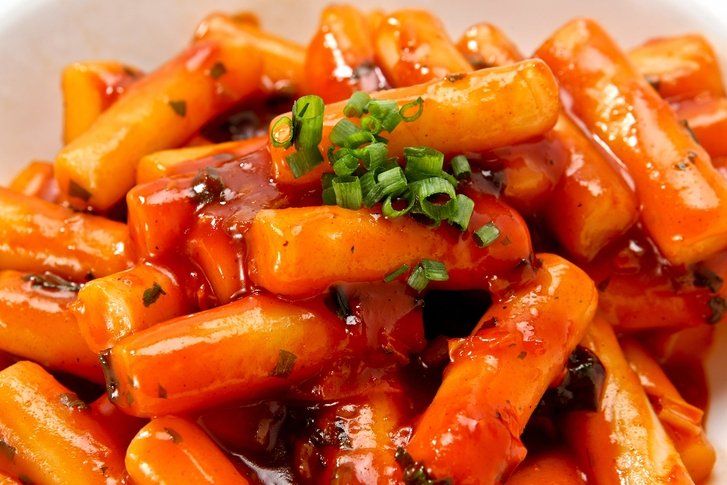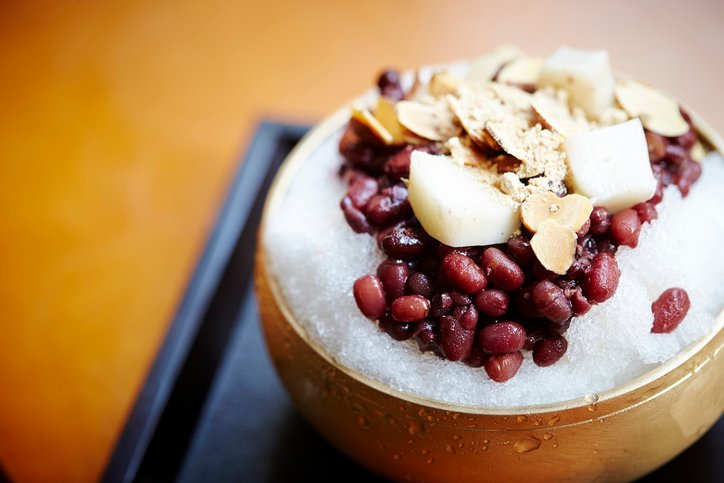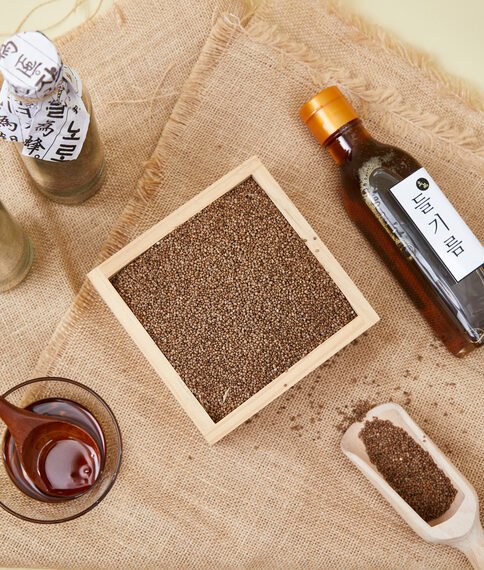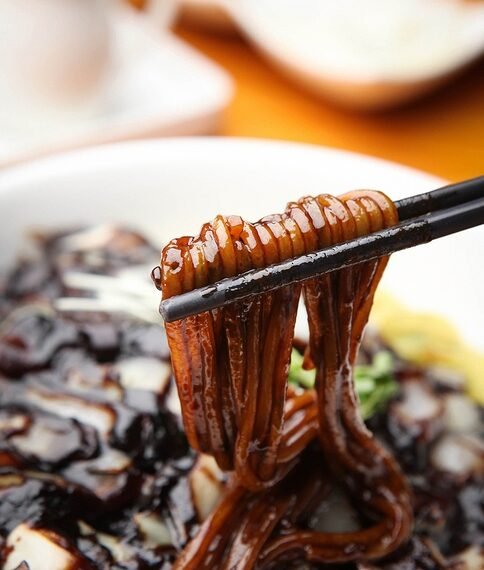Korean cuisine, with its bold flavors and diverse dishes, has become a global sensation. From traditional classics to modern fusion creations, Korean foods offer a culinary experience like no other. Let’s dive into the world of popular Korean foods and explore the tantalizing flavors that have captured the hearts and taste buds of people worldwide.
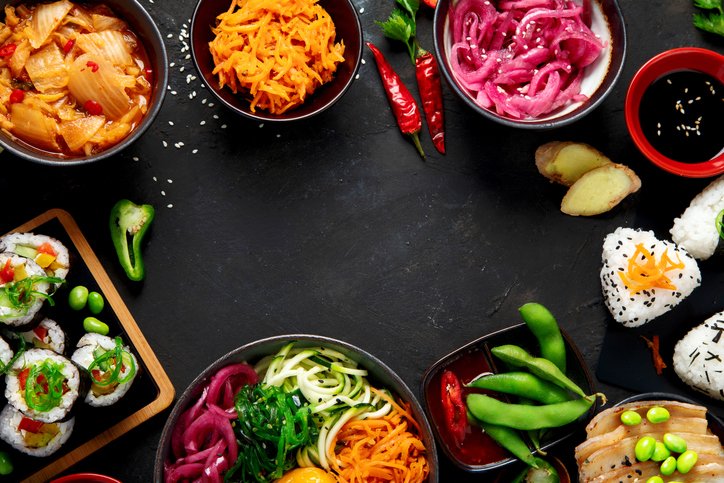
Table of Contents
ToggleI. Introduction
A. Brief overview of Korean cuisine
Korean cuisine is known for its balance of flavors, vibrant colors, and unique cooking techniques. From spicy and savory to sweet and tangy, each dish tells a story of Korea’s rich culinary heritage.
B. The global popularity of Korean foods
In recent years, Korean foods have gained immense popularity globally. The rise of K-pop and K-dramas has contributed to the global fascination with Korean culture, including its delectable cuisine.
II. Traditional Korean Dishes
A. Kimchi: A staple in Korean cuisine
No exploration of Korean foods is complete without mentioning kimchi. This fermented vegetable dish, often made with cabbage and radishes, is a staple in Korean households. Its bold, spicy flavors and numerous health benefits make it a favorite worldwide.
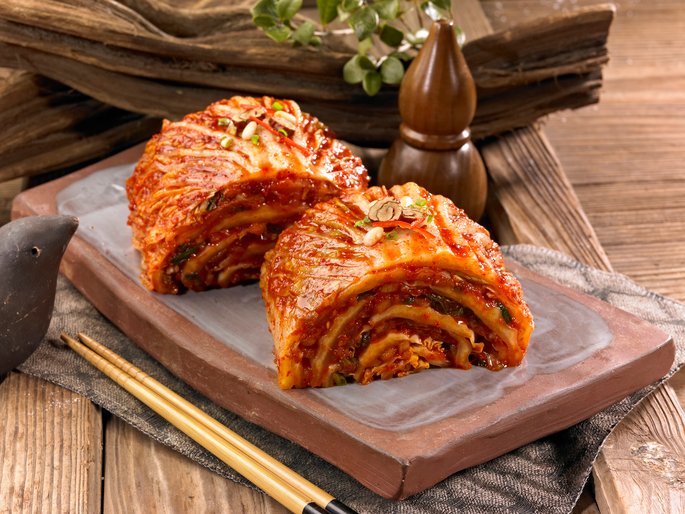
B. Bibimbap: A flavorful mixed rice dish
Bibimbap is a colorful and nutritious dish that combines rice, vegetables, and a spicy gochujang (chili paste) sauce. The diverse mix of ingredients creates a visually appealing and satisfying meal.
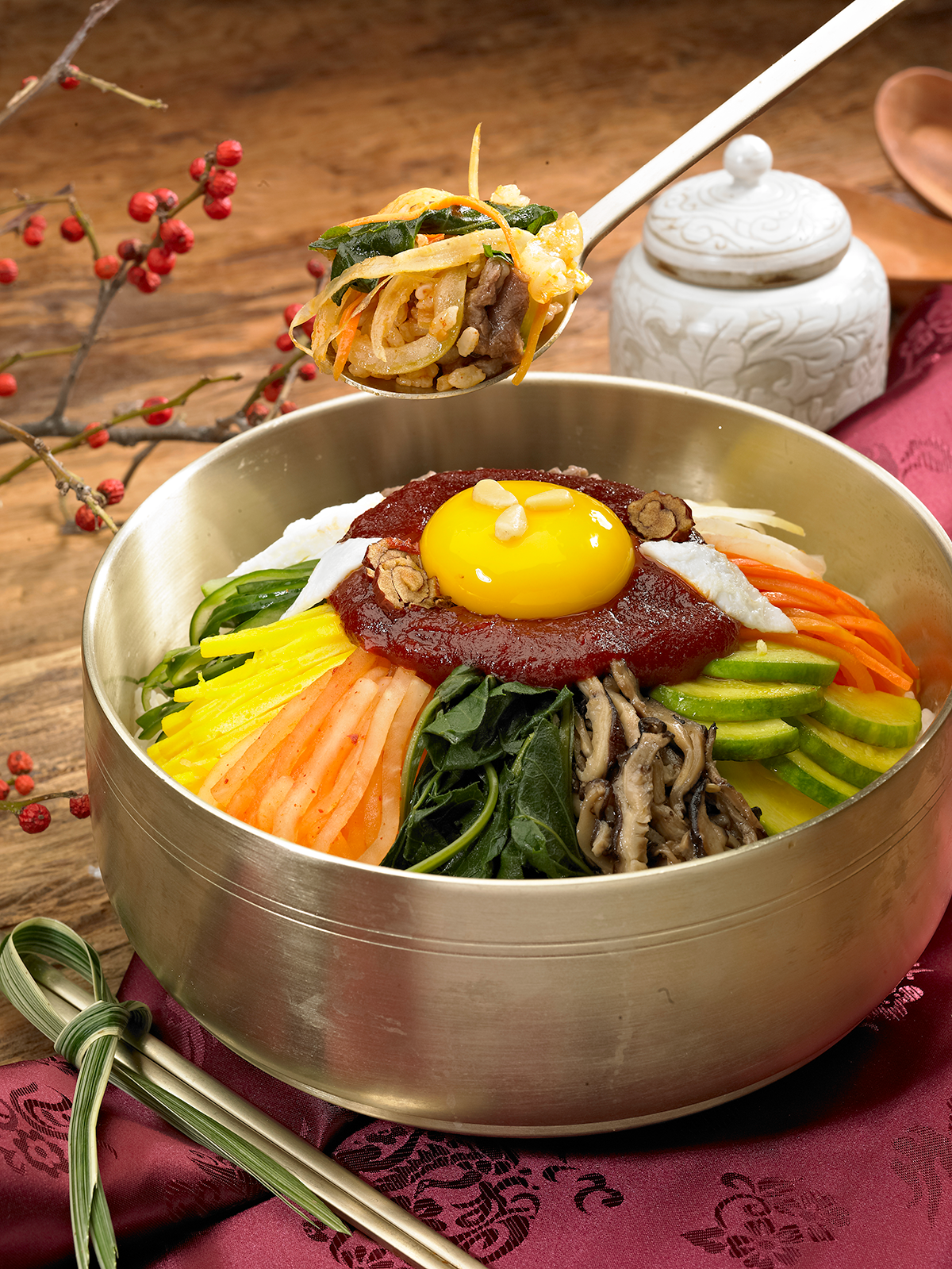
C. Bulgogi: Grilled marinated beef
Bulgogi, meaning “fire meat,” is a classic Korean barbecue dish. Thinly sliced beef is marinated in a flavorful mixture of soy sauce, sugar, sesame oil, and garlic before being grilled to perfection.
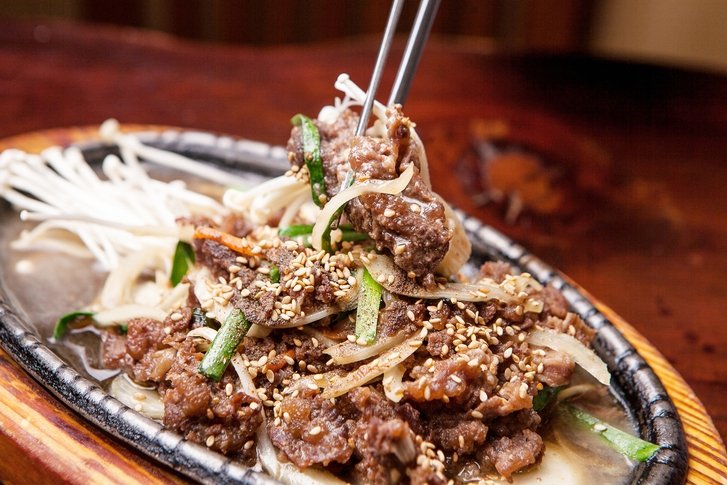
D. Japchae: Glass noodle stir-fry
Japchae is a savory and slightly sweet dish made with stir-fried glass noodles, vegetables, and sometimes beef. The combination of textures and flavors makes it a beloved Korean delicacy.

III. Korean Street Foods
A. : Spicy rice cakes
Tteokbokki, featuring chewy rice cakes bathed in a spicy-sweet gochujang sauce, is a popular street food in Korea. Its addictive combination of flavors has made it a global sensation.
B. Odeng: Fish cake skewers
Odeng, or fish cake skewers, are a common street food enjoyed by locals and tourists alike. Served on skewers and dipped in a warm broth, odeng provides a satisfying and comforting snack experience.
C. Hotteok: Sweet pancakes
Hotteok, a type of filled Korean pancake, is a delightful street food option for those with a sweet tooth. Filled with a mix of brown sugar, honey, and chopped peanuts, hotteok is a warm and gooey treat.
IV. Fusion Delights
A. Kimchi Tacos: A Korean-Mexican fusion
The fusion of Korean and Mexican flavors is evident in dishes like kimchi tacos. The spicy kick of kimchi complements the savory goodness of tacos, creating a mouthwatering blend of cuisines.
B. Korean Fried Chicken: A global favorite
Korean fried chicken has taken the world by storm with its crispy exterior and flavorful seasoning. The unique double-frying technique results in an irresistible combination of crunch and tenderness.
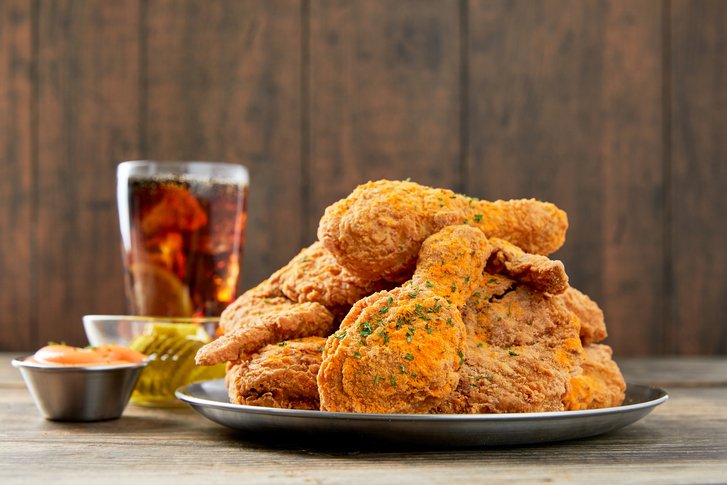
C. Kimbap: Korean sushi rolls
Kimbap, often referred to as Korean sushi, features rice, vegetables, and sometimes meat rolled in seaweed. Portable and delicious, kimbap has become a popular snack and lunch option globally.

V. Korean Desserts
A. Patbingsu: Shaved ice dessert
Patbingsu is a refreshing dessert made with shaved ice and topped with sweet red beans, condensed milk, and various fruit toppings. It’s a perfect treat, especially during the hot Korean summers.
B. Hotteok: Sweet filled pancakes
Hotteok makes another appearance, this time as a dessert. The sweet filled pancakes, often enjoyed during the winter months, offer a comforting and indulgent end to a meal.
VI. Healthy Options
A. Doenjang Jjigae: Fermented soybean stew
Doenjang jjigae is a hearty stew made with fermented soybean paste, vegetables, and sometimes tofu or meat. It’s a nutritious and comforting dish that showcases the depth of flavors in Korean cuisine.
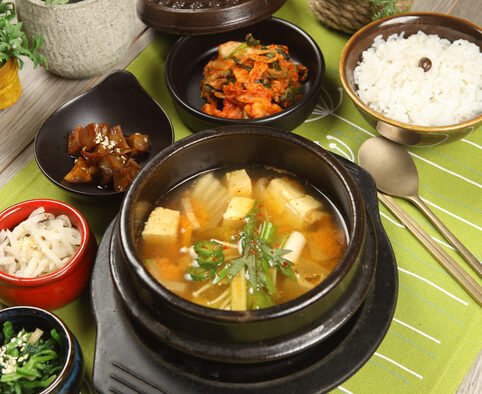
B. Banchan: Assorted side dishes
Banchan refers to the variety of small side dishes served with cooked rice in Korean cuisine. These dishes, ranging from pickled vegetables to marinated meats, add complexity and variety to a meal.
VII. Rising Trends
A. Vegan Korean cuisine
As the demand for plant-based options grows, Korean cuisine is adapting to accommodate vegan preferences. Traditional dishes are being reimagined with plant-based ingredients, offering a cruelty-free and delicious experience.
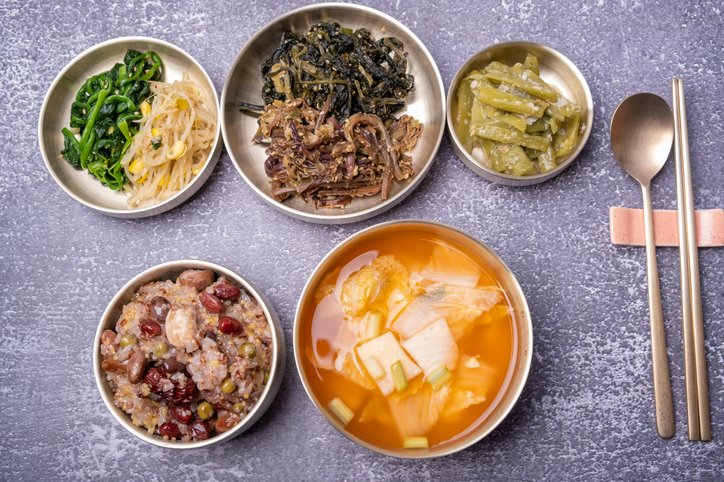
B. Unique regional specialties
Beyond the well-known dishes, exploring regional specialties provides a deeper understanding of Korean cuisine. Each region in Korea has its unique flavors and culinary traditions waiting to be discovered.
Related posts:
- What Are Korean Foods and How to Pronounce Them
- CJ Foods and T&R Biofab sign joint development agreement for 3D printed food options
- Jeju Island: A Popular Vacation Spot with Direct Flights from International Cities
- Where to try great Korean food around Long Island
- K-Dining at Your Kitchen: Easy and Delicious Korean Recipes Unveiled
- Korean Food: A Diverse and Unique Culinary Experience
- 8 Mouth-Watering Korean Dishes to Try

